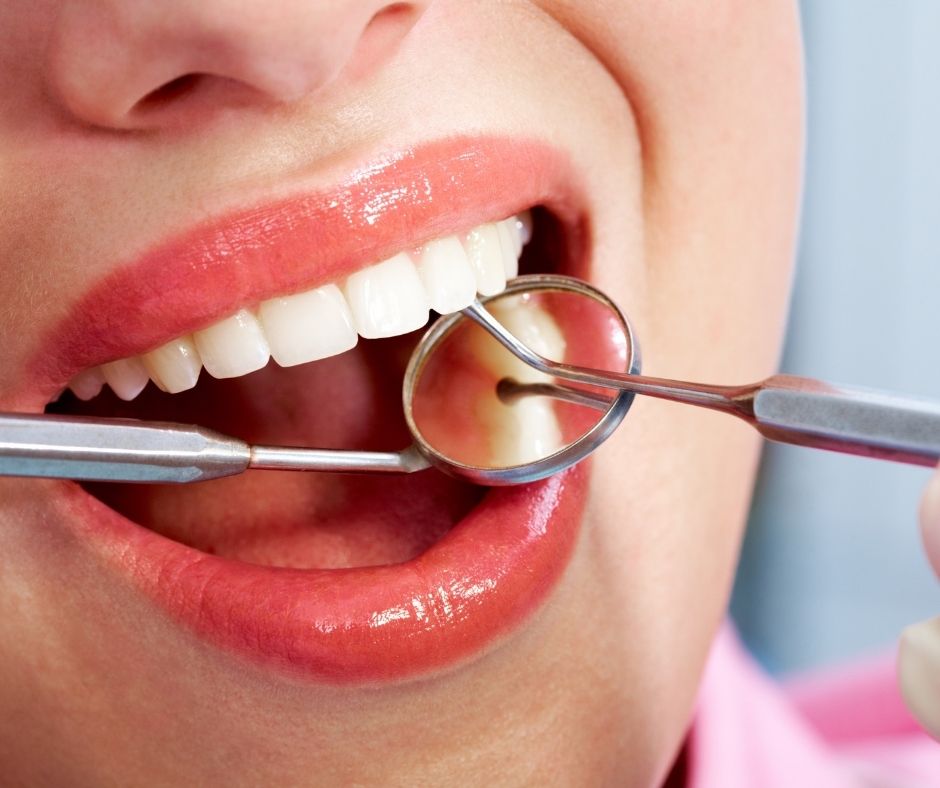When to Fix a Tooth and When to Pull it – People generally seek to pull a tooth when it is damaged or infected. Dental implants are the go-to option for most people. You may feel more persuaded to pull the tooth when experiencing severe pain. However, only a dentist can tell you if can Fix a Tooth. There are also some signs that indicate you need to visit the doctor.
When to Fix a Tooth and When to Pull it – Some of these signs include the following:
- Discomfort or sensitivity. This discomfort can come from a dull toothache or a sharp pain. This indicates there may be a problem with your teeth. And also, when your teeth are sensitive to temperature, it means either your tooth has a dental cavity or you have thinning enamel.
- Pain with pressure. You experience pain when biting or chewing. This shows that the tooth is injured.
- Discolorations or holes. You can also experience a spot, a hole, or a pit on the teeth. This indicates that the tooth has a cavity.
- Spot on a tooth that is rough or sharp. If you experience a continuous snag on your food or a rough or sharp sensation on your tongue, it indicates the tooth has a cavity, chip, or other form of damage.
- A broken or lost filling. If you experience a break or fall out among your fillings, then it’s time to visit the dentist. Fillings can become weak and start to fall out, especially when they expire.
What Are the Signs that a Tooth Needs to Be Pulled?
Impaction or Overcrowding
There are teeth that sit in the wrong position, conflicting duties with other teeth. These teeth are referred to as “impacted teeth.” Overcrowding is when the teeth are too crowded or too large to fit in the mouth. Overcrowded teeth obstruct growing teeth and can prevent others from erupting. Overcrowded teeth are pulled out to create space. The procedure may require the dentist to perform an extraction to create more space to enable free movement of teeth before fitting braces.
Damage
A damaged tooth can be repaired using different methods. However, the damage can be extensive, making the teeth unsalvageable. When it comes to this, the dentist is left with no option but to extract the teeth before things get worse.
Infection
A decaying tooth needs to be treated to avoid the infection spreading to the tooth’s pulp. The infection can easily spread if the pulp gets infected. This infection is usually controlled with root canal therapy. However, if the damage is so severe that root canal therapy becomes ineffective, then tooth extraction is the next option.
You can be qualified for a tooth extraction even without showing any potential symptoms or risk of infection. For instance, patients undergoing chemotherapy will have a weaker immune system, which is not up to the task of fighting a dental infection from a cracked or broken tooth. In such cases, a dentist may recommend a dental extraction as it will be necessary to prevent further risk to a patient’s oral health.
Contact Fountain Valley Dental
More Tips for Dental Patients:
Do I Need Sedation for Dental Work?